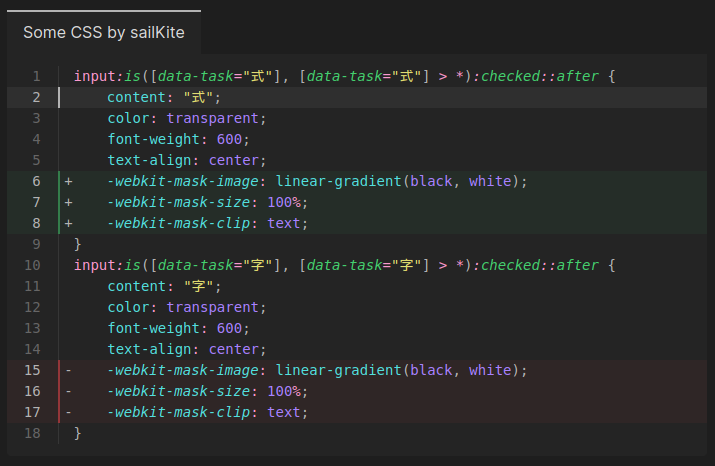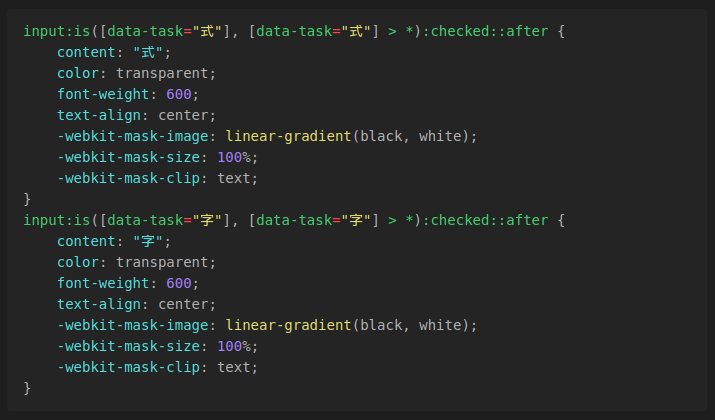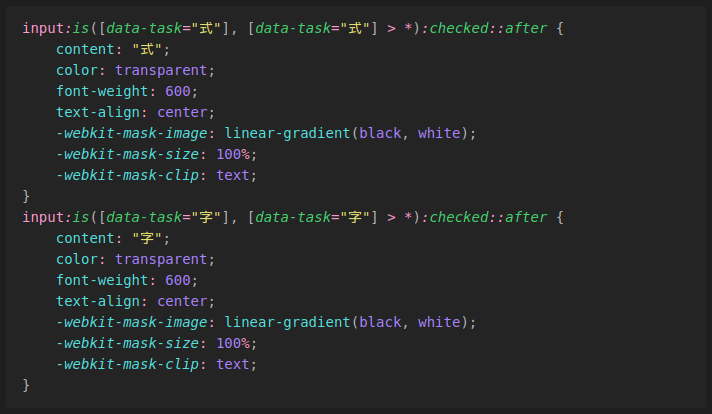This plugin integrates shiki via Expressive Code into Obsidian, providing better syntax highlighting for over 100 languages.
This plugin works in reading, live preview and edit mode, providing a consistent experience across the app.
Below is an example with line numbers, a custom header, and line highlighting.
Default Obsidian syntax highlighting:
Shiki Plugin syntax highlighting:
The plugin will automatically highlight code blocks in your notes.
To configure the code block you add the configuration options on the same line as the opening triple backticks.
```language configurationHere
...
```More info on the configuration options can be found on the Expressive Code homepage.
Line numbers can be enabled with showLineNumbers.
```language showLineNumbers
...
```A title can be added with title="Title Here".
```language title="Title Here"
...
```Line highlighting can be enabled with {1, 5-10}.
Lines can either be single lines or ranges.
```language {1, 5-10}
...
```Diff highlighting can be enabled with ins={1} and del={5-10}.
Lines specified in ins will be highlighted green, and lines specified in del will be highlighted red.
Lines can once again either be single lines or ranges.
```language ins={1} del={5-10}
...
```When the language is set to diff, the plugin will automatically enable diff highlighting for lines either prefixed by + or -.
- Open
Settings -> Community Pluginsin your vault - Click on the
Browsebutton in theCommunity pluginssection - Search for
Shiki Highlighter - Select
Shiki Highlighterand click firstInstall, thenEnable
- Install and enable the
BRATplugin - Run the
BRAT: Plugins: Add a beta plugin for testingcommand - Enter
https://github.com/mProjectsCode/obsidian-shiki-plugininto the text field - Click on
Add Pluign
This plugin uses shiki, Expressive Code, and parts of the Dracula VSCode theme for syntax highlighting.
Special thanks to:
- Hippo (hippotastic) for their work and support with Expressive Code
- sailKite for CSS help and testing the plugin


